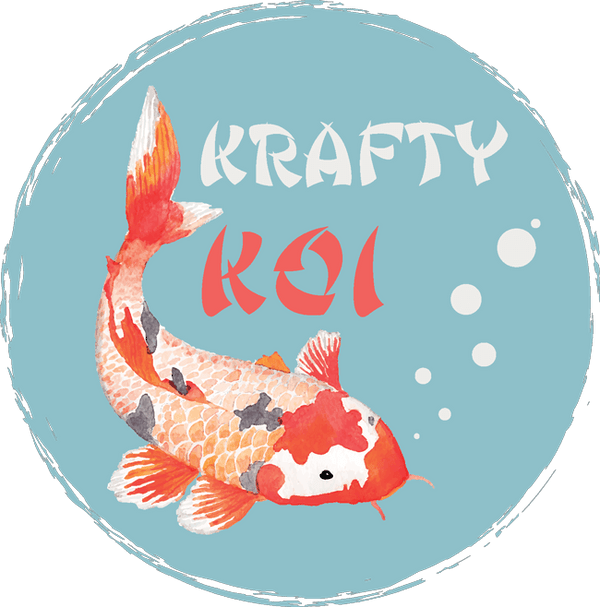When you have settled on the position and size of your Koi pond, the next step is to ensure that you have a system that provides excellent filtration. It is essential that your pond provides a healthy environment for your stock and filtration is key; get this wrong and you may find yourself in deep water (not literally).
Waste removal
Your stock of Koi Carp will produce large amounts of waste. Basically your pond is a giant latrine for your fish and so filtration is required. Your filtration system should include good mechanical filtration to remove solids from the water. Different types of mechanical filter are available. These are various in type and employ nylon brushes, plastic media or a vortex to trap solids. You should choose a filter that is easy to clean. A good quality gravity filter will have an integral drain so that it's easy to flush waste away. The filter should have a valve to shut it off from the pond so that you can clean it regularly.
Biological pond filtration
Your pond will also require biological filtration. A biological filter uses friendly bacteria to break down ammonia in the water. Ammonia is an inevitable consequence of your Koi's metabolisms. The friendly bacteria live on the filter media. The ammonia is broken down into Nitrite and then to relatively harmless Nitrate. You must control the level of nitrate in the pond by regular small water changes. It can take five to six weeks for friendly filter bacteria to build up on your filter media. During this time it is best to introduce only a small number of fish to your pond. It could take several months for the bacteria to mature fully and so only then will it be safe to fully stock the pond. Do ensure that you choose a big enough filter. Bigger is better and could be cheaper in the long run. Buying bigger might mean that you won't have to invest in another filter further down the line, when your fish have grown in size or you have increased the number in your stock. Your Koi's health is reliant on your filter so initially prioritise the quality of your filter rather than the number of fish that you invest in.
UV Clarifiers
Clear water doesn't necessarily mean healthy water but of course it's nice to be able to admire your fish. UV clarifiers eliminate green water and are available as standalone units, although many biological filters incorporate a UV filter. Water is pumped through the clarifier where it is exposed to high levels of UV light. This causes single cell algae in the water to clump together so that they can be collected and broken down.
Feeding Your Filters
You can feed water to your filters either with a pump or by a drain in the bottom of the pond. Many successful modern Koi ponds use the latter. This is called a gravity fed filter system and is beneficial as it delivers solid waste to the filter intact and so it easily settles and is simple to remove. Gravity fed filters are the best choice for larger ponds but you may require specialist help to install one.
Power
Your filter system must be powered by a good pump. This should be capable of circulating the entire volume of water in your pond through the filter in no more than two hours. This turnover of water will ensure that ammonia is broken down at least as quickly as it produced. You should also pay attention to the running costs of your pump. A more costly but power efficient pump will save you money in the long run as pumps can consume a great deal of electricity.
